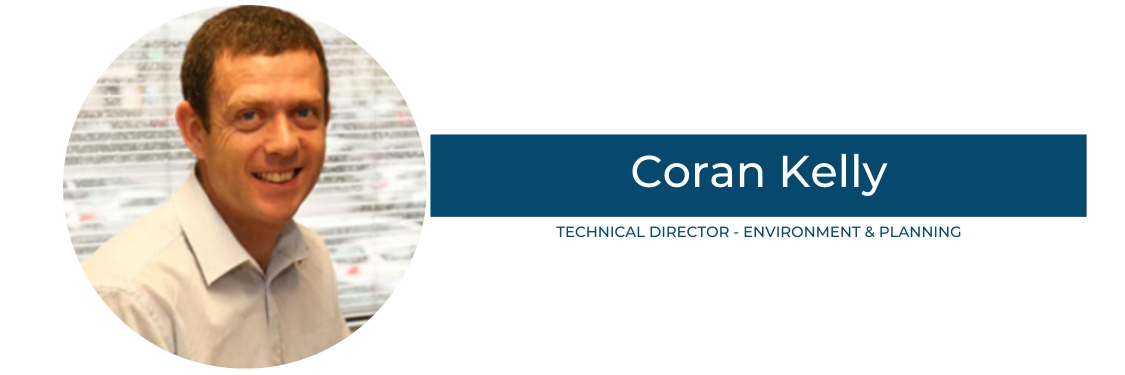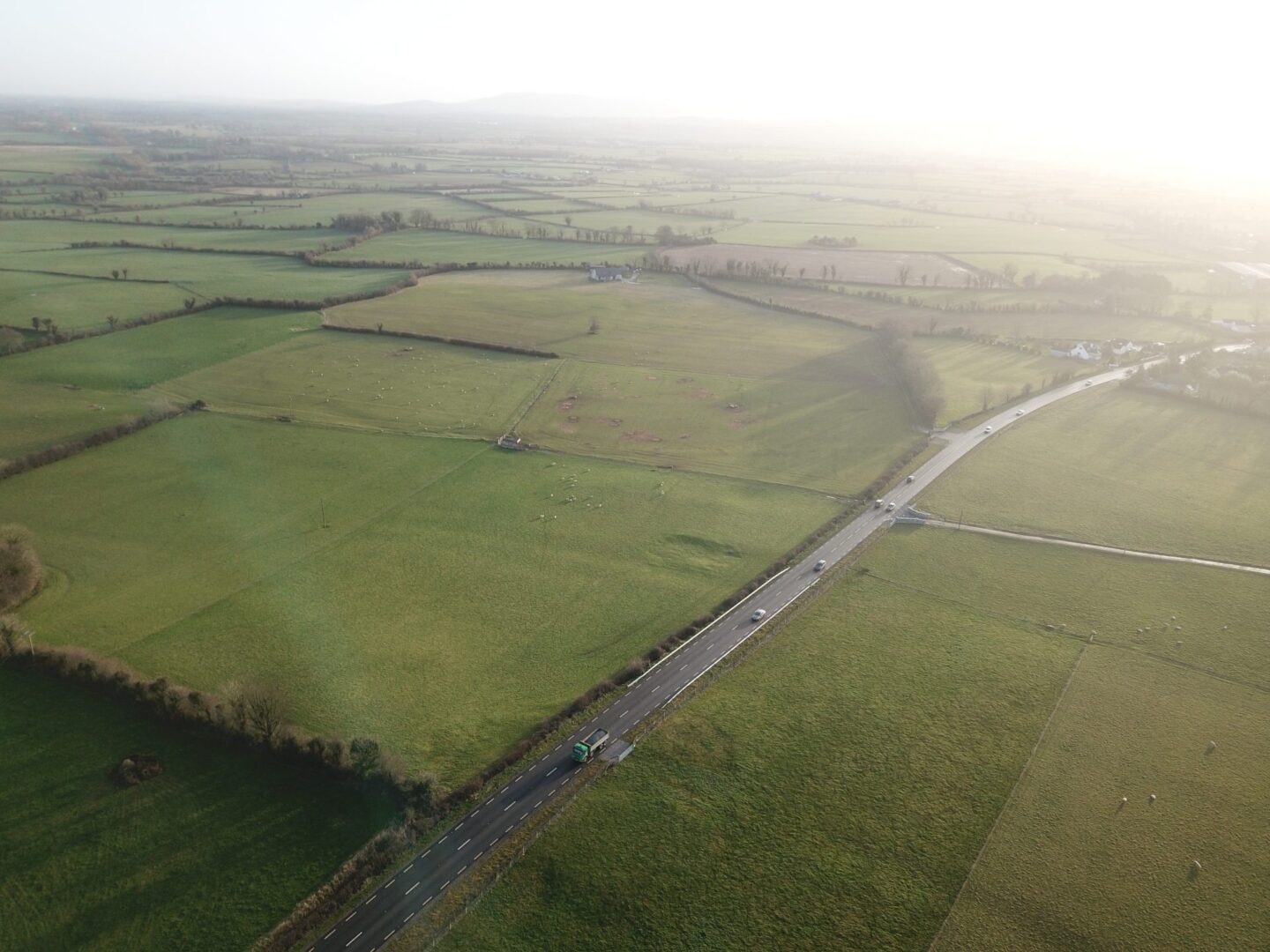The recast Drinking Water Directive (DWD) (EU 2020/2184) was transposed into Irish Law through the European Union (Drinking Water) Regulations (S.I. No. 99 of 2023). The recast DWD and the Drinking Water Regulations strengthen and enhance the Water Framework Directive (2000/60/EC) and existing requirements to protect and deliver safe drinking water. The regulations seek a risk-based approach to ‘water safety’, and one that reflects the approach set out by the World Health Organisation.
There are a number of important measures in the regulations, including Risk Assessment and Risk Management from ‘source to tap’. In this context, the source means the catchment that contributes untreated water to the abstraction point. In this respect, Regulation 10 of the regulations (S.I. No. 99 of 2023) sets out the requirements for the catchment, and includes:
1. Risk Assessment:
a. Characterisation of the source and catchment.
b. Identification of hazards.
c. Appropriate monitoring.
2. Risk Management:
a. Defining and implementing measures.
b. Appropriate monitoring.
c. Establishing safeguard zones as necessary.
[1] ‘Water Safety’ in the regulations covers the whole supply chain: from catchment area, abstraction, treatment, storage and distribution to the point of compliance (normally the tap).
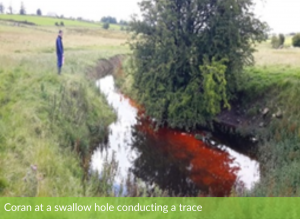 The regulations require ‘source protection agencies’ (water suppliers, Environmental Protection Agency (EPA), Geological Survey Ireland (GSI), and the Local Authorities) to carry out Risk Assessment and Risk Management of the catchment areas. In an Irish context, the main water suppliers are Uisce Éireann, Group Water Schemes (GWSs), and Small Private Supplies (SPS), and they abstract water from rivers, lakes, infiltration galleries, springs, dug/shallow wells, boreholes, and impoundments.
The regulations require ‘source protection agencies’ (water suppliers, Environmental Protection Agency (EPA), Geological Survey Ireland (GSI), and the Local Authorities) to carry out Risk Assessment and Risk Management of the catchment areas. In an Irish context, the main water suppliers are Uisce Éireann, Group Water Schemes (GWSs), and Small Private Supplies (SPS), and they abstract water from rivers, lakes, infiltration galleries, springs, dug/shallow wells, boreholes, and impoundments.
Drinking water protection is not new in Ireland. For instance, Groundwater Protection Schemes are in place over twenty years, that incorporates Risk Assessment and Risk Management, outlining a methodology for establishing the catchments to groundwater sources, and how to manage risks from certain activities (DoELG, et al, 1999). Through various projects over the last twenty years, catchments to groundwater sources have been established for public water supplies and group water supplies.
[1] SPS typically comprise hotels, pubs and restaurants, crèches and national schools with their own water source.
There have been other initiatives and approaches too, by various parties and groups, and by regulators and water suppliers. Drinking Water Safety Plans and Integrated Source Protection Plans have been developed and prepared by both Uisce Éireann and the National Federation of Group Water Schemes (NFGWS) on behalf of GWSs, to implement achievable mitigation and protection strategies in catchments to groundwater and surface water sources. This activity aligns and integrates with catchment management plans, for which further information can be sought here: How do we manage our catchments? – Catchments.ie – Catchments.ie. 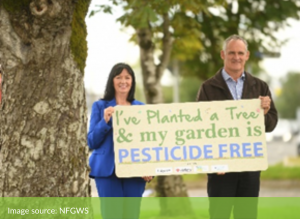
With respect to the regulations, there has been a lot of work done already in Ireland, and there are statutory and non-statutory tools for risk management. The regulations should progress targeted and achievable risk management plans, reporting, appropriate monitoring, data sharing, and providing information to the public. The regulations include a watchlist of emerging substances. The regulations also intend to provide greater protection of public health where SPS are concerned. Further guidance and information will be required to assist SPS and the Local Authorities who have a role with respect to SPS meet the regulations. This will involve the Health Services Executive (HSE) too with respect to their role on public health. Currently, TOBIN and partners are assisting EPA with providing further guidance on implementing the regulations.
TOBIN have been involved in Groundwater Protection Schemes (since the early days); numerous Drinking Water Source Protection projects; establishing Drinking Water Source Protection Zones on behalf of the EPA, GSI and the Local Authorities; delineating catchment areas to groundwater sources for Uisce Éireann; assisting NFGWS with a pilot Drinking Water Source Protection Plan and the framework for establishing these plans; and, preparing Integrated Drinking Water Source Protection Plans on behalf of GWSs and the NFGWS.
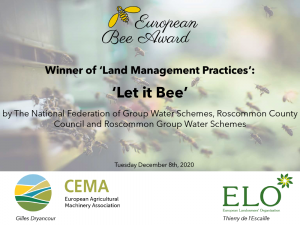
Our work for the NFGWS (on the Integrated Drinking Water Source Protection Plans) sought to identify and implement appropriate and achievable Risk Management in the catchments to drinking water sources. The implementation to date has integrated community engagement and awareness campaigns in parallel with targeted technical mitigation and protection measures. The plans involve the GWSs, the Local Authorities, the landowners, and the NFGWS, along with other advocates and stakeholders. Community engagement included campaigns for reduced pesticide use, the introduction of orchards and new beekeepers and bee hives, septic tank improvements, knowledge and information transfers to landowners, and school visits.
Are the plans making a difference? In the case of the Integrated Drinking Water Source Protection Plans in Roscommon, there is reportedly an 80% reduction in water environment-related complaints to the local authority by people living in the catchments. There is also a study demonstrating improved well-being. The information indicates an improvement and no reduction in water quality. This requires not only the identification of issues in susceptible zones (Risks) but also implementing changes (economics, behaviours etc), which is a huge issue, demanding ongoing effort. The plans become a ‘living’ active iterative cycle. The plans have realised a willingness and interest across the community and have yielded action around nutrient, sediment and weed controls. The plans have fostered a positive relationship between the group schemes and the community. Parallel biodiversity and awareness initiatives with farmers, schools and the wider community have given traction and momentum to plans.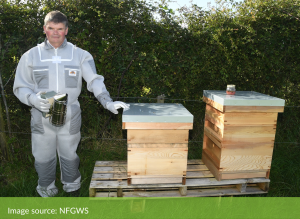
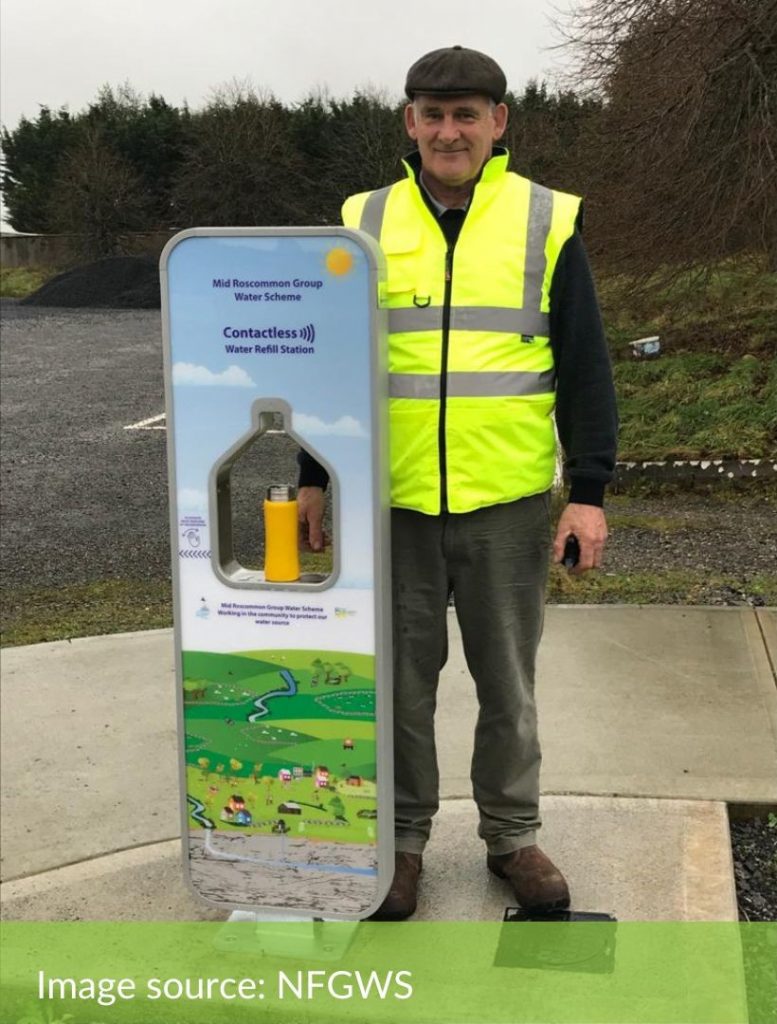 Therefore, TOBIN have a thorough understanding and experience of the continuum of works, the changes that have occurred, insights from working with water suppliers, stakeholders and the communities in the drinking water catchments.
Therefore, TOBIN have a thorough understanding and experience of the continuum of works, the changes that have occurred, insights from working with water suppliers, stakeholders and the communities in the drinking water catchments.
Further information on the source protection work by the NFGWS can be found here: NFGWS Source Protection Projects – National Federation of Group Water Schemes and information on their framework for drinking water source protection can be found here: NFGWS Source Protection Framework and Measures Guidance – National Federation of Group Water Schemes.
The new regulations and the requirements of the Risk Assessment and Risk Management are necessary for good water quality. There remains significant work, particularly around implementing changes in catchments, which requires time and resource investment.
References:
Department of the Environment and Local Government, Environmental Protection Agency, and Geological Survey of Ireland, 1999. Groundwater Protection Schemes. ISBN 1-899702-22-9
